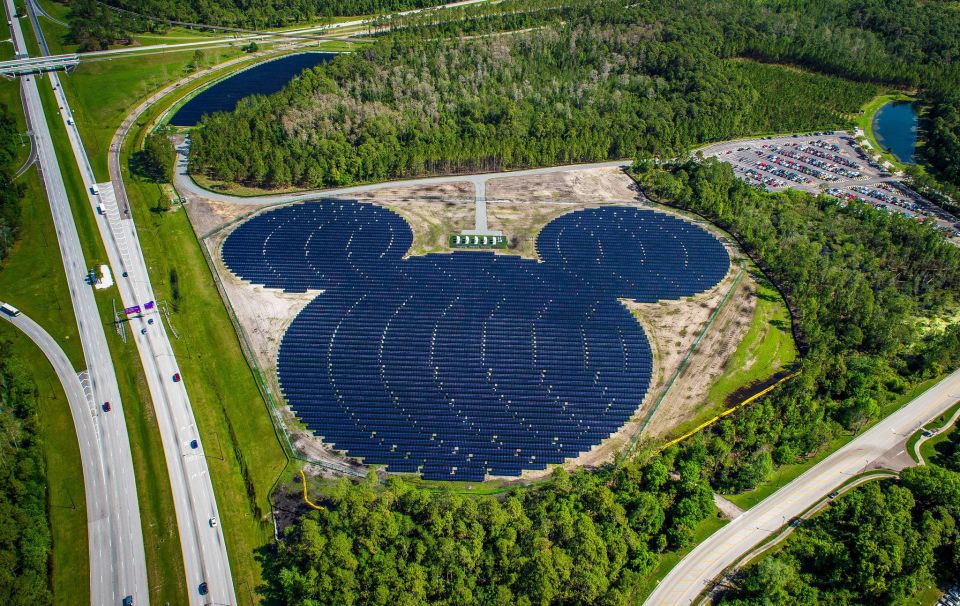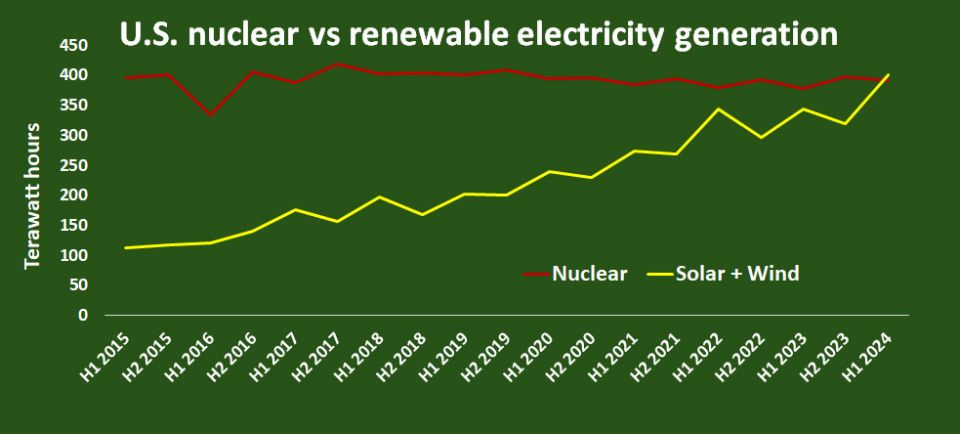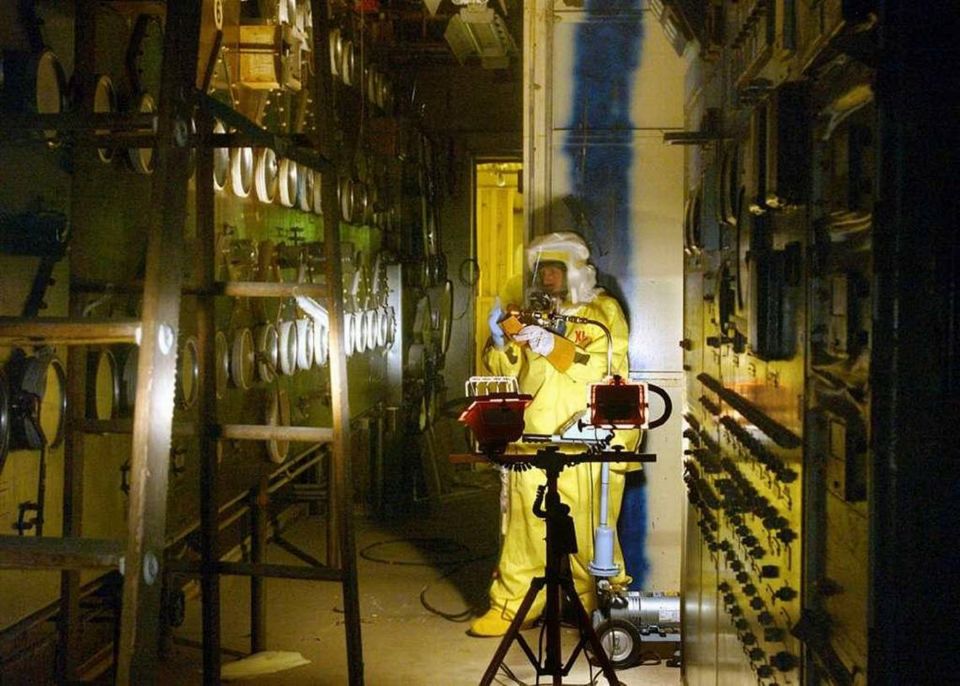Can hydrogen be the transportation fuel in an otherwise nuclear economy?
Let’s face it: The global economy should be powered primarily by nuclear power. And it probably will by the end of this century, with a still-significant assist from renewables and hydro. Once nuclear systems are dominant, the costs come down to where gas is now; and when carbon emissions are reduced to a small portion of their present state, it will become obvious that most other sources are only good in niche settings. I mean, why use small modular reactors to load-follow when they can just produce that power instead of buffering it?








